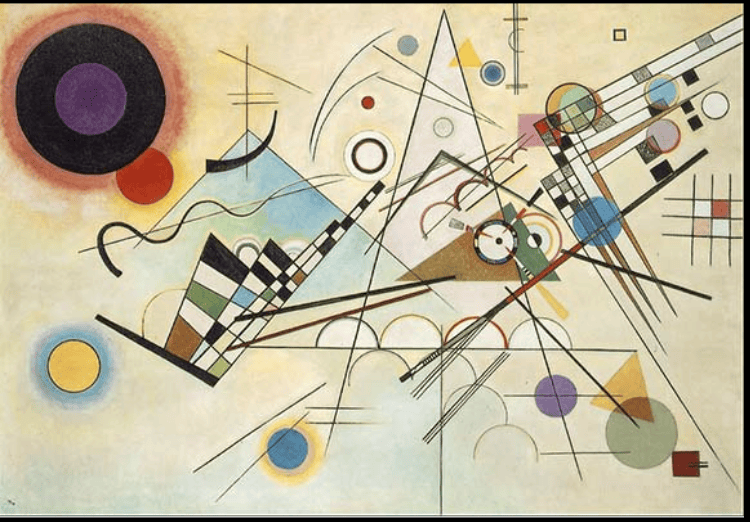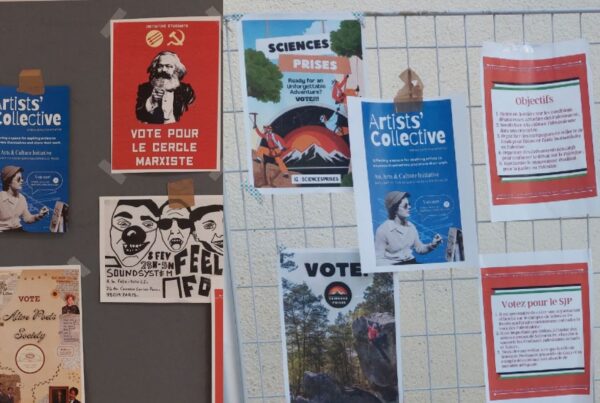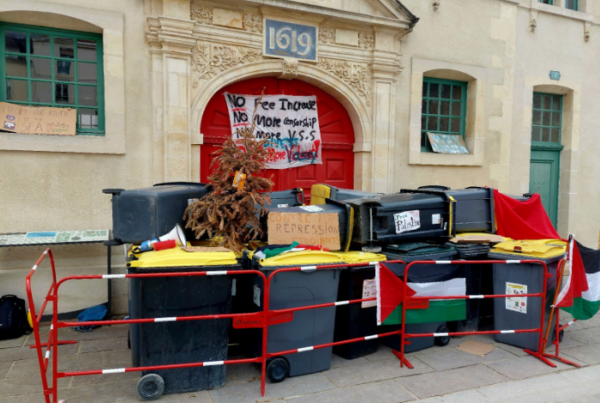Imagine for a moment that you were brought up in a devout Southern Baptist household in Georgia, in a small town where your family had lived for generations. Imagine realising at first slowly, and then unavoidably that you were gay however much you wished it weren’t true. Imagine going to church, through conversion therapy, through life at home wrestling with what was increasingly apparent to you, but clashed so fundamentally with the identity that so much of your life was driving you towards. Imagine, through a combination of passion and fortune, going to university, and then to France, breaking away from the repressive situation that had bound you, but knowing its importance in the creation of your identity, your personhood.
For most of us, myself included, this story isn’t exactly relatable in its details. Yet from this very particular context comes a truly universal struggle with identity and a vision of art that comes to include us all. But I’m getting ahead of myself. Before skipping to the conclusion, let us go back to where the story begins.
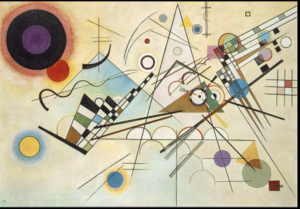
It all starts with Kandinsky, Composition VIII to be precise. A painting Sciences Po arts professor Earlwyn Covington saw as a teenager sneaking away from a church mission trip. I felt as though his descriptions of Composition VIII embodied the paradox of his talk and his approach to art in general. He describes Kandinsky in concrete terms: his participation in the Bauhaus movement, his friendship and co-inspiration with other artists such as Stravinsky, and the lack of appreciation for his work in his lifetime. Though Kandinsky’s art is created out of these specific lived experiences, what emerges from them for the viewer seems totally universal. Covington’s memory of seeing Kandinsky’s painting for the first time, I can’t help but feel, runs parallel to mine. The situation in which we saw it, the situation that created it — these are concrete, placed in a given context, inextricable from the world around them. Yet the experience of seeing this painting is somehow universal, an experience that emerges from reality, but that is not part of it.
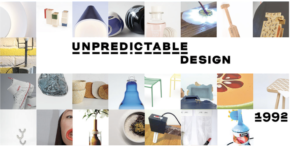
Continuing through the talk, I remember that the more I looked the more confused I became, but the harder it was to look away. The talk was full of these moments where you’d have to stop and think over what you were seeing and hearing in front of you, only to be wrenched from your thoughts to the next cornucopia of confusion. As Covington said, “If as Wagner posited in his opera Lohengrin that craving God would give leave to an ultimate reveal by our Creator thus reducing us to nothingness, then I have an answer for him and I wholly (and holy no pun intended) concur. Bring it on so that my craving will be reduced to ashes and that I might be reborn. And when that God kills me, let me find another One that will also finish the job in equal measure.” In all of these pieces, there was a craving for more. More from his design, from his students, from himself. More of that peculiar mix of real conditions that come together into something that seems outside our normal reality.
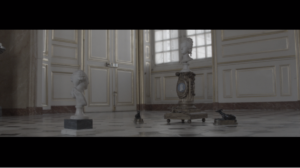
I was particularly drawn to the Unpredictable Design Gallery and the projects of Collective 1992. Collective 1992 was a nonprofit Covington created with the mission to “develop connections between alumni of art and design schools with seasoned professionals to create workshops and exhibitions in France.” The spirit of this linking of experience and novelty came through in an embrace of the conversation between each of the pieces and within the pieces themselves. Watching these videos, you come to realise how no single artist could have created them. They somehow make explicit the collaborative process behind all art, allowing an audience to peer into the vast milieu that goes into creating them.
In all of this, Covington maintains the sense of a sort of explorer of design, someone who has struggled to get here but knows that in all of it at least there’s a good story. “It took me 20 years to learn French;” he said, near the end of the talk, “ it’s the longest, most complicated yet arduous relationship I’ve ever had, and believe me I’ve had a lot of relationships… ” In both learning French and creating Art and design it’s not that the journey is more important than the destination but rather that the journey is the destination.
The beauty of the works of Collective 1992 is that the process isn’t something that had to be worked through to reach the finished product, but rather the product is there to shed light on the process. It’s a type of art that, not being an art student, I’d never been confronted with so directly. And yet in all the ridiculousness of it (and some of my favourite projects were ridiculous), one cannot escape the enduring humanity of each piece.
Covington is no pessimist. If I learnt anything from him over those two short hours, it’s that there is no point of no return. Even at our most fragile, we must run towards knowledge — it brings hope. Even when we feel weak, we must seek to frame and retell — it gives perspective. Even when we think we might abandon it all, we must look to one another and strive together — it gives fellowship. His story embodies the contradictory relationship between our inability to separate ourselves from the world around us, and the autonomy and uniqueness of our actions. Like Kandinsky’s art, like all art, however much we know that our creations are just the product of a series of experiences, we cannot help but feel like what we create is unique and yet somehow also universal. Our progress is, as he put it, “untoward” — that is, found in unexpected places, often unruly and untidy, and always searching to create its own meaning in a world that we know denies it any. But it is progress nonetheless, and the constant dialectic between ourselves and the world around us is what brings us the strength to continue. I left the talk with only one question: What will he do next?
Other posts that may interest you:
- The Trouble with ‘Ecocide’
- Carbon dioxide removal – hit or miss?
- Local Victories for Turkish Opposition — A Sign of Hope?
- Are France and Japan a Mismatch Made in Heaven?
- A Reflection on Dark Tourism
Discover more from The Sundial Press
Subscribe to get the latest posts sent to your email.


